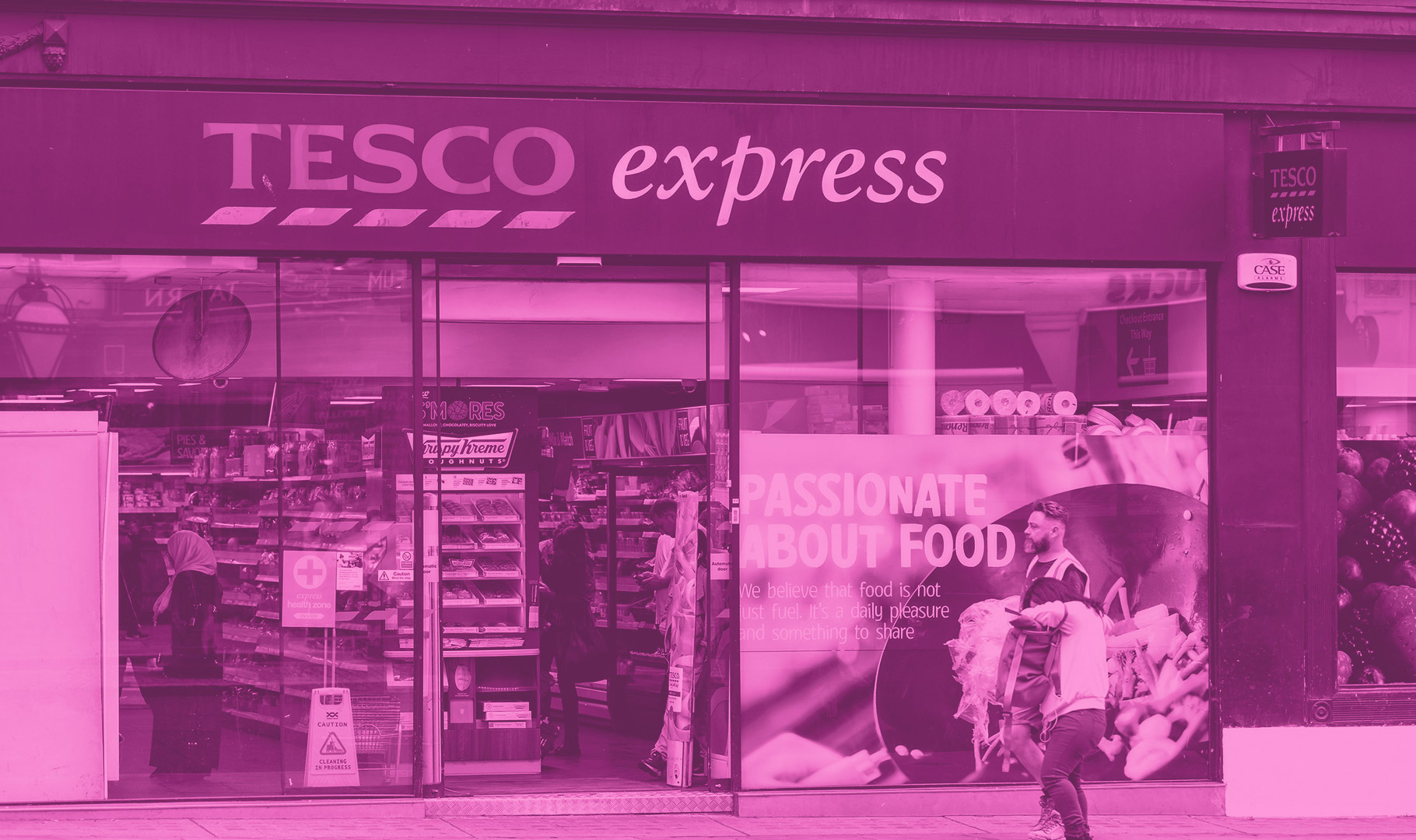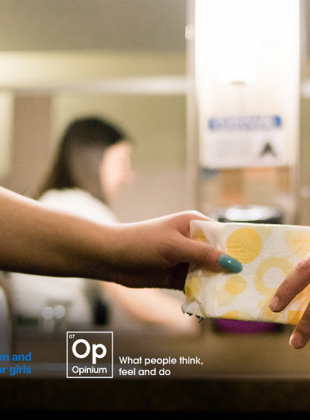Brand expert view – Tesco

Next year, Tesco will celebrate 25 years as the top dog in UK retail. With size comes power. And with power comes opportunity.
By any standard, Tesco has had a good crisis. Sales soared when eating-in became the only option. Store layouts were quickly adapted to social distancing. Recognition built that Tesco staff were putting themselves in harm’s way to deliver a vital service for their communities. Their “Keeping you safe” pledge felt like a real commitment not empty rhetoric, extending as it did to support for victims of domestic abuse. No surprise that The Motley Fool suggested in June that Tesco shares were a better bet than a cash ISA.
In addition to being well organised and thoroughly competent, Tesco has regrouped and rebounded as a brand because it knows the difference between presence and connectivity. Presence is a physical attribute; connectivity is an emotional feeling.
Food – the heart of Tesco’s offer – is a powerful symbol of connectivity. Cooking and eating are social acts and family rituals: they literally and figuratively bring people together. Which is perhaps why Tesco’s Food Love Stories has been such a resonant campaign, showcasing authentic people we can relate to.
Moreover, Tesco hasn’t been shy about the contributions it has been making to food banks, through the Community Food Connection. It has leveraged its power, and channelled the generosity of its customers, to step up and help to mitigate governmental policy failure.
As a result, plenty of us feel that Tesco is there for us, and for all of us. Providing the basics and helping us to find the balancing point between cost and quality.
Better managing that balance, by breaking the link between cheap food and bad food, strikes me as being the big opportunity for the brand to connect even more deeply with its communities, and to help to connect those communities.
The Covid crisis has underscored and amplified the gap between the have-lots and have-nots. This polarisation is nowhere more evidenced than by people’s diets and consequent health.
Tesco could use its phenomenal purchasing power, customer data, and strong voice as a market leader to effect a real improvement in the nation’s wellbeing. They can do this by helping people make better choices (e.g. not bombarding them with cheap chocolate); and by supporting local and high-quality producers with fair pricing and fair access.
It took generations for Tesco to escape its ‘Slasher Jack’ origins as a price-fighter. But mindful of the pressure from Aldi and Lidl and recognising the very real constraints its customers are experiencing, it feels the need right now to offer pricematching.
I sincerely hope that the brand does not retreat towards the value end of the balance and pass up its chance to improve quality. Why should they? Because they sincerely give a damn about their stakeholders, and they have the power to make a difference. Valorising good value and good food is the way to show concern, respect and affection for customers, suppliers, colleagues and the community at large – improving wellbeing and healing divisions. As Huey, Frankie and Jennifer all sang. “That’s the power of love”.
Download the full report at www.mostconnectedbrands.com





